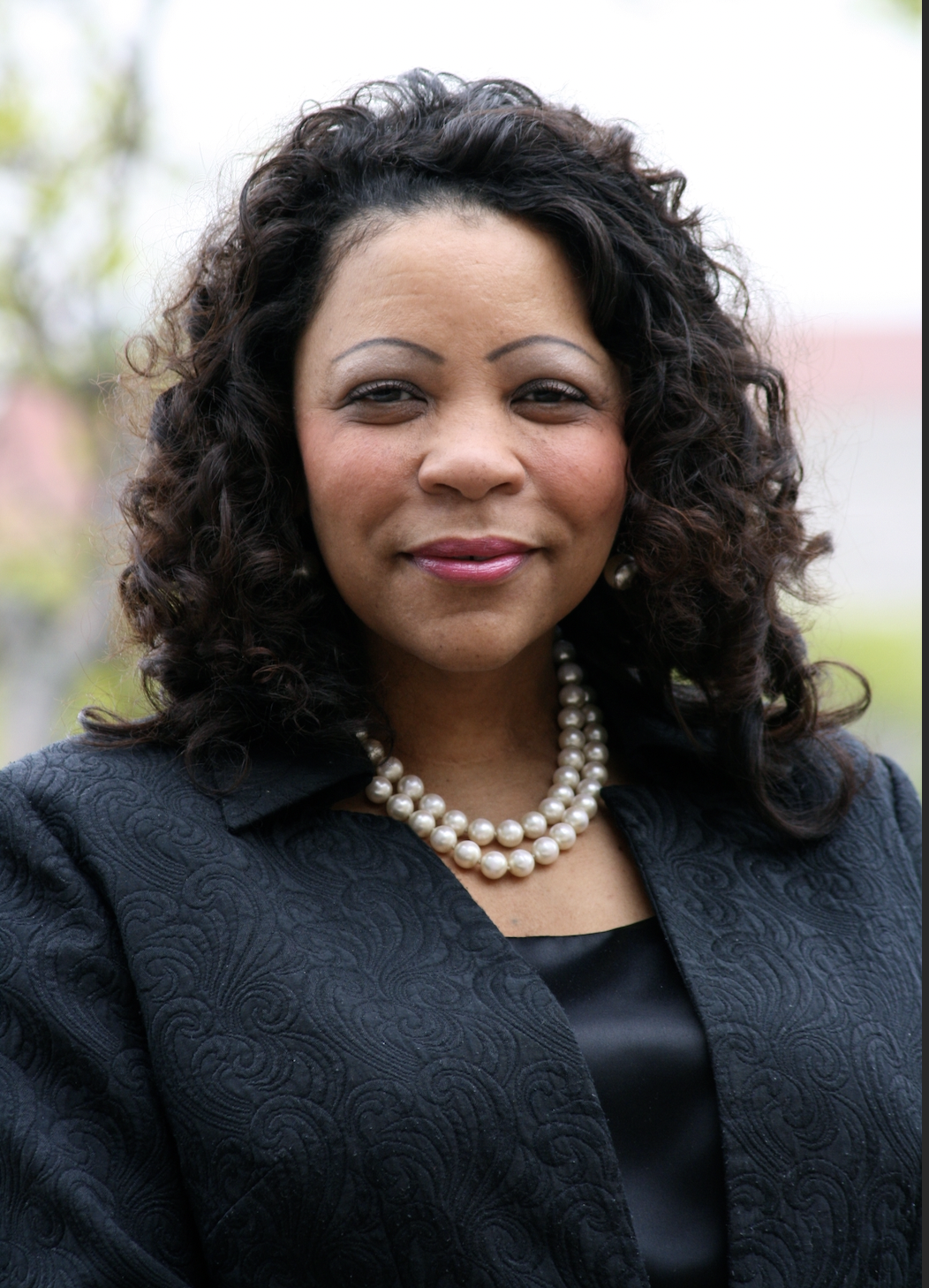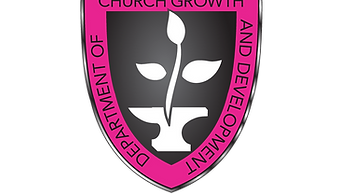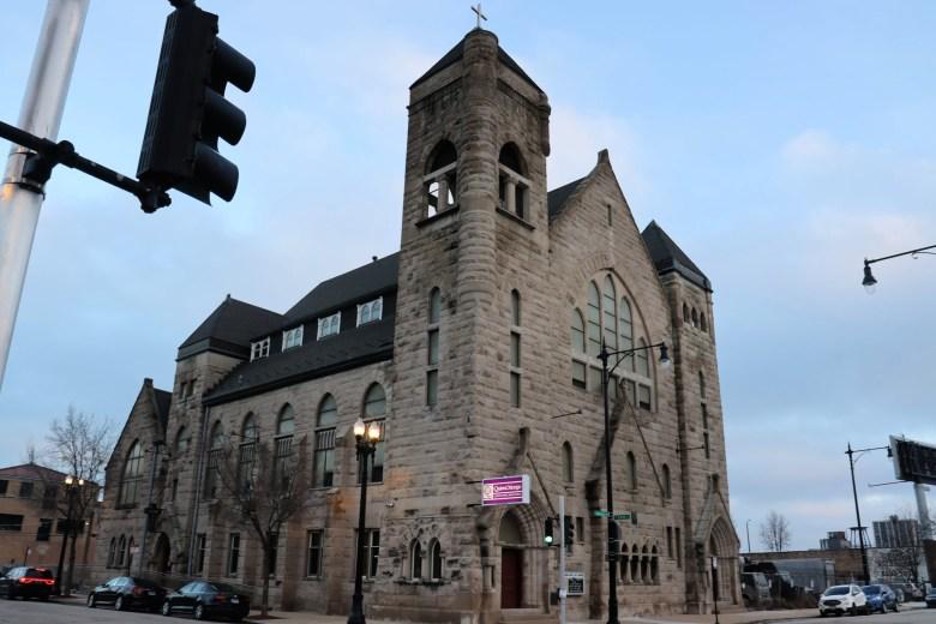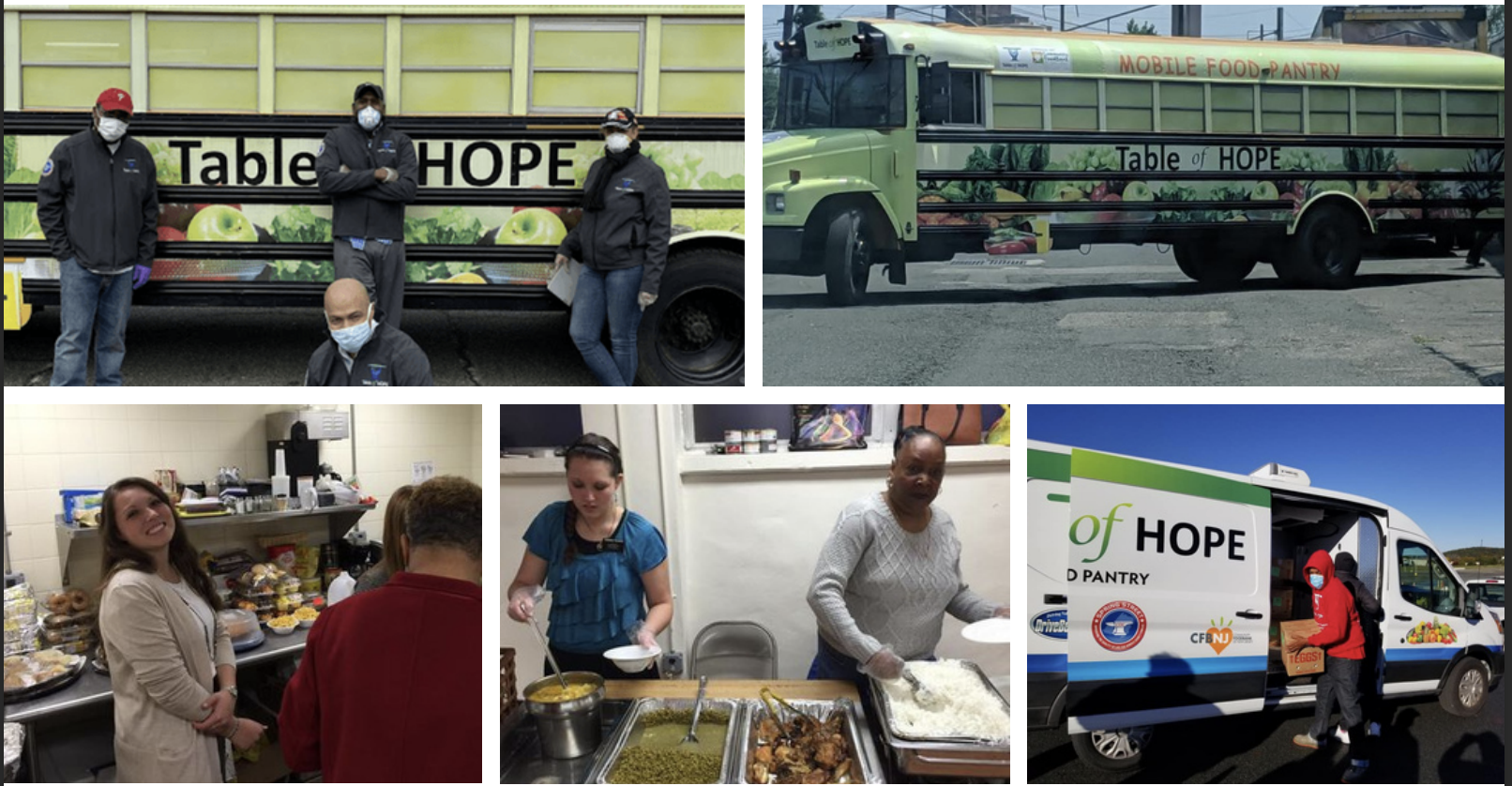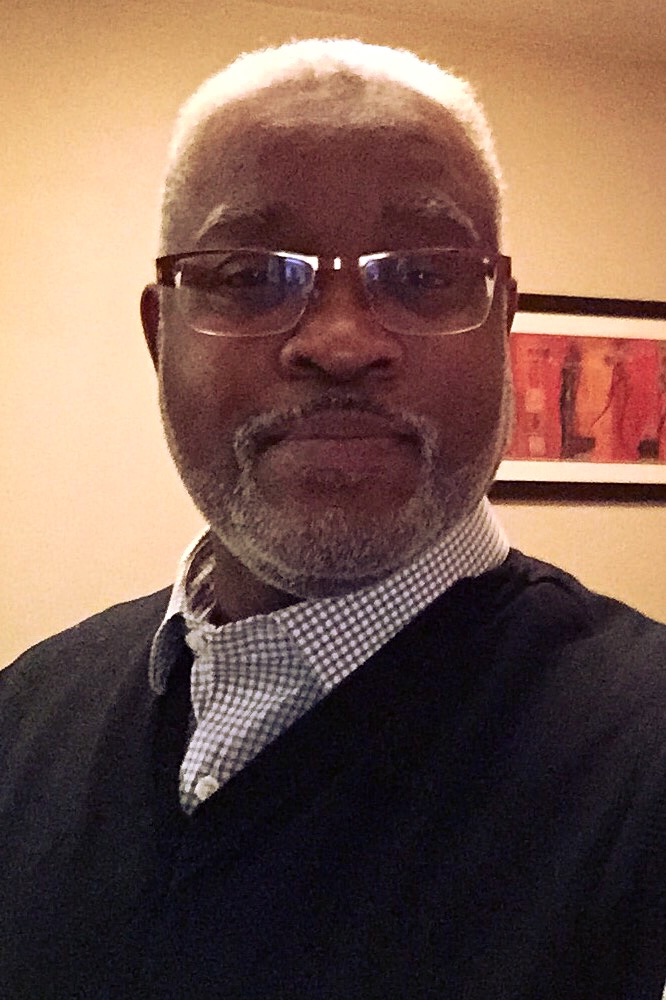Remembering One Hundred Years: Black Wall Street and the 1921 Tulsa Race Massacre
By Rev. Jerrolyn Eulinberg, PhD
This year marks 100 years of a well-kept secret in our American history and the ethical challenges that still surround the “value” of Black bodies as equal in this country. When we reflect on the history of Black Wall Street, we celebrate the most successful Black business district of this nation and the awesome accomplishments of remarkable African Americans in an unprecedented time of racism, white supremacy, and public lynching. Concomitantly, when we reflect on the 1921 Tulsa Race Massacre, we lament, remembering that white racial hatred and jealousy of Black success terrorized and burned Black Wall Street to the ground, killing hundreds.
The Greenwood District of Black Wall Street began around 1905. O.W. Gurley, a wealthy entrepreneur, is considered the founder of Black Wall Street. He began selling land in 1906 to African Americans in Tulsa. On the other side of town, white Tulsa was exploding from the oil boom, which propelled Tulsa into an oil capital. Everyone benefited from the massive influx of people: whites worked the oil rigs and Blacks migrated from the South and other places to the burgeoning Black Wall Street. Although separated and isolated by the extreme racial divide of Jim and Jane Crow laws, Black people prospered.
According to the Tulsa Race Riot Commission’s report, there were over 190 businesses at the time of the massacre. African Americans had over 13 Black churches, including three historic mother churches that remain today, two Black newspapers, two Black hospitals, two Black schools, a public library, law offices, doctor’s offices, dentists, grocery stores, beauty shops, three fraternal lodges, two movie theaters, and more.
Vernon AME Church, my home church, was founded in 1905 in the Greenwood District. The early church services were held in one of Gurley’s businesses. Gurley was a founding member of Vernon. When the massacre occurred, only the basement of the church was completed. In 1921, Vernon’s membership numbered 700.
Today, Vernon is still a thriving congregation on Greenwood. The current pastor, the Rev. Dr. Robert Turner, has been a strong advocate for social justice and reparations. He has placed a church marker identifying the Historic Vernon AME Church. The church is the only business currently on Greenwood that existed in 1921. Mt. Zion Baptist Church and First Baptist Church are two other churches from 1921 that exist and provide worship services. These three churches represent a long and powerful history of strong faith in God and the resilience of the African American community.
As Tulsa, Oklahoma prepares for the 100th Remembrance, the Tulsa Race Massacre Centennial Commission has many activities planned. A new museum will open in the Greenwood District in August 2021 named, “Greenwood Rising.” While I am excited to see all the celebratory events, nothing speaks quite as loud as the beautiful temples of God that still stand in the Greenwood District.
The Rev. Jerrolyn Eulinberg, PhD, is on the ministerial staff at Greater Institutional AME Church in Chicago, Illinois. She is a womanist ethicist and theologian.

